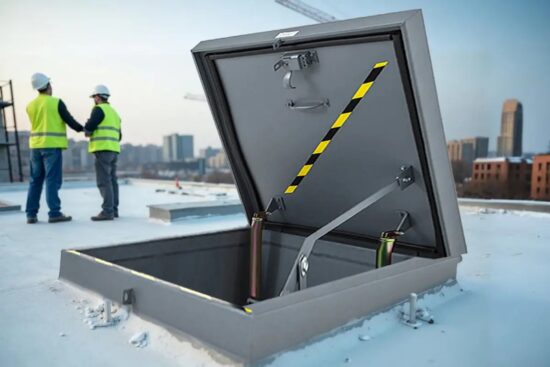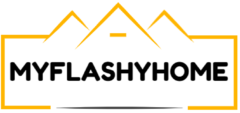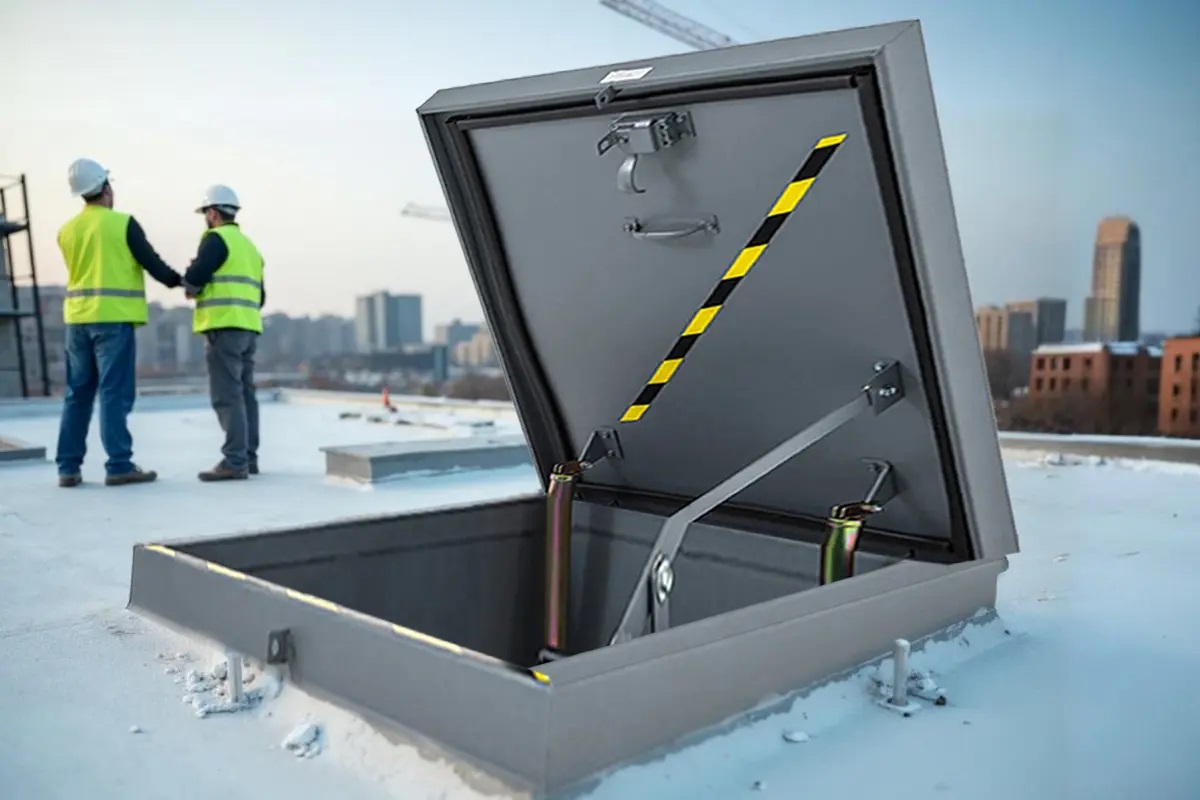
Roofing contractors and maintenance teams face many challenges when working on rooftops, including falls, injuries, and costly delays.
Roof access hatch systems provide a solution by offering specialized openings for safe and efficient access, ultimately boosting safety and productivity.
In this blog, we’ll explore roof access hatch systems and how they can improve safety and speed on your roofing and maintenance projects.
What Are Roof Access Hatch Systems?
Roof access hatch systems enhance safety by providing a secure and designated entry point that reduces the risk of accidents during access. Many models include safety features such as non-slip surfaces and guardrails, ensuring worker protection when moving to and from the roof.
Additionally, systems like the BAC-RAH roof access hatch improve efficiency by facilitating the quick movement of tools and materials, streamlining workflow during inspections and maintenance tasks.
Overall, roof access hatches significantly contribute to a safer and more effective job site for contractors and maintenance teams.
Types of Roof Access Hatch Systems
Roof access hatch systems come in various designs to meet the specific needs of different projects. Some types include:
1. Standard Roof Access Hatches: Standard hatches provide basic roof access and typically feature a hinged door. They are designed for ease of use and can accommodate various roofing materials.
2. Insulated Roof Access Hatches: These hatches feature insulation to minimize heat transfer, making them ideal for energy efficiency. They help maintain comfortable building temperatures while providing safe access for workers.
3. Electric Actuation Roof Hatches: Equipped with motorized systems, these hatches allow for remote operation and are particularly useful in high-rise buildings. This feature improves safety by minimizing the need for manual handling, especially in challenging environments.
4. Low-Profile Roof Access Hatches: Designed to minimize the profile on the roof, these hatches are ideal for applications where aesthetics and wind resistance are important. They blend seamlessly with the roofline while still providing safe access.
5. Custom Roof Access Hatches: For specialized needs, custom hatches can be designed to fit specific dimensions or requirements. They can incorporate various features, such as security locks and enhanced safety mechanisms, tailored to the project’s demands.
Benefits of Roof Access Hatch Systems for Contractors
Just like access doors and panels, roof access hatch systems provide numerous advantages that enhance safety and efficiency on job sites. Here are some key benefits:
- Enhanced Safety: These hatches offer a secure entry point, reducing the risk of falls and accidents while accessing the roof.
- Increased Efficiency: Quick access to the roof allows contractors to move tools and materials more freely, streamlining tasks like inspections and repairs.
- Compliance With Regulations: Using roof access hatches helps contractors meet safety codes and ensure projects adhere to industry standards.
- Durability and Longevity: High-quality hatches are built to withstand harsh weather conditions, ensuring reliable performance.
Key Considerations for Selecting the Right Roof Access Hatch
Choosing the right roof access hatch is essential for ensuring safety and efficiency on your roofing projects. Here are some key factors to consider:
- Building Codes and Regulations: Always comply with local and national safety codes and standards. These regulations outline requirements for size, location, and safety features.
- Roof Type and Pitch: The roof’s type and pitch will influence the hatch selection. A standard hinged hatch might suffice for flat roofs, while sloped roofs may require a sliding or telescopic hatch for safe access.
- Access Frequency: Assess how often the hatch will be used. For convenience, frequent use may warrant an electronically assisted hatch, while a manual hatch may be adequate for infrequent access.
- Weight Capacity: Ensure the hatch can safely support the expected load, including people, equipment, and materials transported through it.
Safety Standards for Roof Access Hatches
Following safety standards is crucial to prevent accidents and injuries. Here are some key safety standards to know about before installing roof access hatches:
- OSHA: OSHA provides guidelines for the design, installation, and maintenance of roof access hatches, including requirements for strength, durability, and safety features.
- Local Building Codes: Always follow the local building codes and regulations. They may have specific requirements for roof access hatches.
- Manufacturer’s Recommendations: Identify the manufacturer’s guidelines to guarantee your specific roof access hatch model’s correct installation, operation, and maintenance.
Conclusion
Roof access hatch systems are vital for roofing contractors. They offer a secure and controlled entry point to rooftops that minimize the risk of falls and injuries. Their high-quality design enhances safety and contributes to the efficiency of construction and maintenance tasks.
Investing in reliable roof access hatches leads to safer, faster, and more successful projects, making them indispensable tools in the industry.

